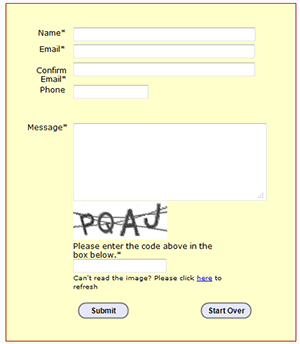When You Don’t Want to Hire Me
I had a difficult conversation with a potential client this month.
The man has some unique and valuable collectables that he no longer enjoys, and he would like to instead enjoy the money from selling them. He also decided that he wanted to offer the goods via a Dutch auction where the prices start high and are periodically dropped until someone buys or a reserve limit is reached.
He and I discussed what he had to do to get ready to display his items, and he described the type of site that he thought would best show off his goods. He also admitted that he had a very limited budget, at least until some of the articles sold. I said that I would research Dutch auctions to see what support there was available on the Internet for such a site.
In considering his site, I was really concerned about getting enough traffic so there would be bidders for the goods.
I worried that even a gorgeous, feature-rich site which had been tuned for search engines still would not capture many visitors. There wouldn’t be enough potential bidders for a successful Dutch auction, particularly because the items for sale were specialty, expensive collectables.
I spent some time researching Dutch auctions, Dutch auction software, and sites that ran Dutch auctions. I was focused on finding a way to boost traffic for the potential site. I found a Dutch auction service that allowed individuals to set up stores within it, and each store could run its own sales and they would be listed in the overall auction directory. The main online page was a bit cheesy, but it looked like you could customize your store and have your goods show up on a shared index.
Exploring a customized Dutch auction store on this service was my recommended course of action for the client. The service had built-in features to display products for sale, it was inexpensive, it had some measure of built in traffic. I suggested that he contact some of the other virtual store owners — ones not selling competing items — and see if they were satisfied with the service.
The potential client didn’t want to go with my recommendation. Instead he wanted me to create the customized site he envisioned.
I couldn’t do it.
The store owner had too many conflicting constraints and wants: low cost, customized storefront, lots of visitors, no budget for Google AdWords, complete operational control.
He didn’t want to settle for the solution I thought was possible for him. That is absolutely fine. But, in my heart I was convinced that I could not make him happy.
And, that’s exactly when you don’t want me to work for you. When you or I or both of us feel that you ware not going to be happy with what we do together, you shouldn’t hire me.





